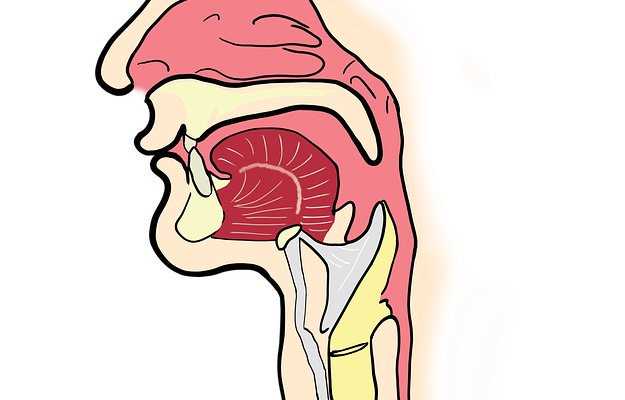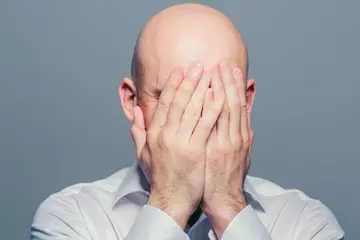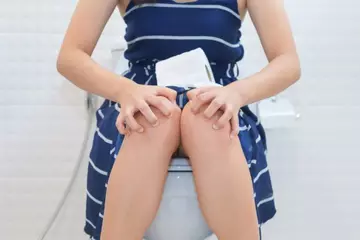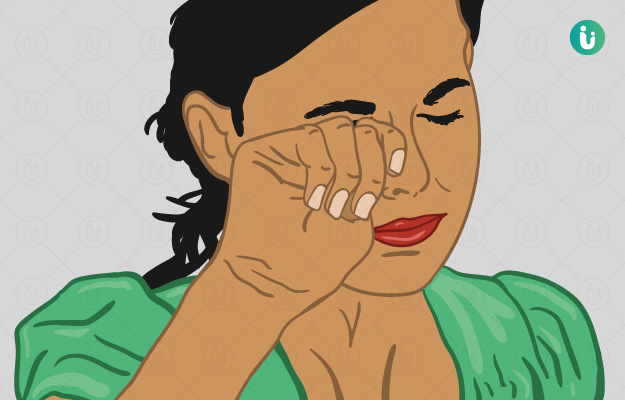What is upper airway obstruction?
A blockage in any part of the upper airway is known as upper airway obstruction. Upper airway obstruction occurs when the upper respiratory tract, which is the area from the nose to the larynx (voice box), becomes narrow or blocked. It affects the throat, the windpipe, and the voice box. Upper airway obstruction creates difficulty in breathing.
What are its main signs and symptoms?
The main signs and symptoms of upper airway obstruction are:
- Wheezing
- Choking
- Difficulty in breathing
- Blackout or fainting
- Cyanosis (bluish colour to the skin)
- Mental confusion
What are the main causes?
The main causes of upper airway obstruction are:
- Burns or reactions due to chemicals
- Allergic reactions due to peanuts, bee stings, or medication, for example, antibiotics (penicillin)
- Injury anywhere along the upper respiratory tract
- Serious asthma attack
- Strychnine poisoning
- Epiglottitis (bacterial infection of the epiglottis)
- Problems with the vocal cord
- Being unconscious or passing out which may cause the tongue to fall back and block the entry to wind pipe
- Infections
- Throat cancer
- Croup (a respiratory illness)
- Retropharyngeal abscess (pus collection in the back of the throat)
How is it diagnosed and treated?
The doctor conducts a physical examination to check the airway path. He/she will also check your medical history to find out any possible cause for obstruction in the upper airway. Sometimes, the doctor recommends a laryngoscopy, bronchoscopy or an X-ray to determine the cause of obstruction in the upper airway.
Following methods are used to treat an upper airway obstruction based on the cause of blockage in the airway:
- Inserting an endotracheal tube into the windpipe via an opening in the throat to assist in breathing
- Tracheostomy or cricothyrotomy: A procedure in which a part of the neck is opened to get to the airway.
- Chest compression, manual extraction, or abdominal thrusts are done to remove any foreign body or a piece of food that may have stuck in the airway and caused the obstruction.
The choice of treatment method is based on the assessment of the doctor, the cause of obstruction in the airway, and the availability of assistance required to perform any advanced airway methods.

 OTC Medicines for Upper Airway Obstruction
OTC Medicines for Upper Airway Obstruction















